MVP Development in Blockchain and Generative AI: Startup Guide
Blockchain App Development | Use AI in Fraud Detection | Benefits of AI Agents
Thinking about MVP development? Wondering, “What is MVP in software development?” Look no further! In this comprehensive guide, we will cover every detail you need—from the basic concept of an MVP to the full MVP development process, especially in the fields of blockchain and AI. You’ll learn about different types and benefits of minimum viable products, how to build an MVP specifically for blockchain and generative AI projects, the common challenges startups face, and tailored MVP solutions to meet your blockchain and AI MVP needs.
Whether you’re a non-technical founder, investor, or entrepreneur, this guide will empower you to understand how MVP development saves time, reduces risk, and accelerates market entry—helping you turn innovative ideas into successful products more quickly and cost-effectively.
What is a Minimum Viable Product (MVP)?
You have a brilliant idea for a mobile app or SaaS product that could disrupt the market. But what if, after spending months and thousands of dollars, users don’t find it valuable? This common startup challenge leads many to invest heavily and build products that miss the mark.
That’s exactly where Minimum Viable Product (MVP) development comes in. In simple terms, an MVP is the most basic version of your product, yet it still includes only the core features required to address the main problem. Moreover, you can think of it as a stripped-down skeletal version of your idea, specifically designed to deliver value quickly.
By launching an MVP, you not only test your concept with real users early on but also gather their feedback and learn what works and what doesn’t—all without exhausting your budget or timeline. Furthermore, this iterative approach significantly minimizes the risks that are commonly seen in traditional product launches.
Especially in advanced fields like blockchain and generative AI, MVPs help validate the technical feasibility and market demand without building fully-fledged complex systems upfront. Additionally, integrating AI automation tools for business within this process streamlines repetitive tasks, allowing teams to focus more on innovation..
By focusing on MVP development, startups save precious resources, accelerate time-to-market, and achieve better product-market fit through data-driven refinement. Consequently, it serves as a smart and low-risk strategy that helps turn innovative ideas into successful products.
According to Agile and Lean Startup principles, MVPs allow businesses to minimize risks by releasing faster, learning from real user feedback, and iterating accordingly. This approach has been shown to reduce time-to-market by up to 50% and cut development costs significantly in USA startups.
Types of Minimum Viable Products (MVP)
Minimum Viable Products come in various types, each catering to different business goals, resources, and market contexts. Understanding these types helps startups pick the right MVP strategy to validate ideas quickly and cost-effectively.
- Single-Feature MVP
Focuses on one core functionality that solves the main user problem. For example, Spotify started with just its music streaming feature to test demand. This approach allows fast development but may not cover broader needs. - Piecemeal MVP
Builds an MVP by integrating existing third-party tools or platforms instead of creating everything from scratch. This saves time and resources but may face integration and customization challenges. - Wizard of Oz MVP
The front end appears fully functional, but backend processes are done manually. This helps test complex workflows and customer interest before investing in full automation. - Concierge MVP
Delivers highly personalized experiences manually, offering deep customer insights and the opportunity to refine ideas before automation. Some financial startups use this to tailor advisory services initially. - Explainer Video MVP
Sometimes, a short video is used to demonstrate the product concept and its benefits even without a working product. For example, Dropbox famously relied on this approach to gauge interest and successfully attract early adopters. - Landing Page MVP
A simple website explaining the product with calls to action, like signups. It tests market interest and helps validate demand before building the full product. - Low-Fidelity MVP Design Prototype
Non-functional visuals like wireframes or mockups collect early user feedback on UI/UX with minimal effort. - Presale MVP
Offers the product for sale before delivery to validate demand and secure funding, exemplified by Pebble’s smartwatch crowdfunding. - Thin Slice MVP
Delivers a minimal but complete user workflow, such as a single-product e-commerce site, validating the purchase process. - Software Prototype MVP
Provides basic functionality for initial testing and iteration common in software development.
Comparison Table: Blockchain MVP vs. Generative AI MVP
Are you wondering what does MVP means in terms of blockchain and generative AI? Look no further! We bring you a quick table that clears up your confusion and summarizes the key points in an easy-to-understand way. Have a glance at the table below:
| Aspect | Blockchain MVP | Generative AI MVP |
|---|---|---|
| Definition | Prototype with essential blockchain functions to test feasibility | Simplified AI product focusing on the main AI capability and value |
| Core Focus | Token economies, smart contracts, wallets, dApps | AI models for text, image, speech generation, and chatbots |
| Purpose | Validate concept viability and decentralized mechanics | Test AI model functionality and user interaction |
| Benefits | Reduces blockchain dev costs; improves security and transparency early | Accelerates AI refinement; reduces data and training costs |
| Development Complexity | Requires knowledge of cryptographic protocols and network distribution | Depends on pre-trained AI models and data pipelines |
| User Feedback Role | Helps adjust blockchain logic, scalability, and UX | Guides model tuning, accuracy, and feature expansion |
| Outcome | Scalable, secure, decentralized application platform | Optimized AI-powered product ready for broader release |
In both cases, the MVP development approach helps startups and enterprises avoid costly failures by prioritizing rapid learning and validation. In particular, since blockchain and AI projects can be resource-intensive and complex, launching a lean MVP dramatically decreases risk while simultaneously increasing the chances of market fit and technical success.
Benefits of MVP in Software Development and Generative AI
Have a glance at the benefits of MVP that accelerate innovation in the business.
Benefits of MVP in Software Development
- Essential Focus: MVPs include only core features necessary to deliver value, avoiding feature bloat and reducing development time.
- Faster Time-to-Market: Companies release early versions quickly, enabling competitive advantage and user testing much sooner.
- User Feedback Loop: Real user data guides iterative improvement, ensuring the product solves real problems effectively.
- Risk Mitigation Strategies: Reduce the risk of building unwanted features or producing products that fail to meet market demand.
- Cost Efficiency: By focusing resources on what matters most initially, businesses minimize waste and optimize budgets.
- Foundation for Scaling: Provides a stable foundation to iteratively add features based on validated user needs.
Additional Benefits of AI in MVP Development
- Accelerated Prototyping: AI enables rapid creation of wireframes, workflows, and automations, reducing development cycles significantly.
- Cost Optimization: Automates repetitive coding, testing, and data analysis tasks, lowering labor costs in MVP development.
- Smart Decision-Making: In fact, AI-driven analytics generate actionable insights from user interactions to prioritize feature development strategically. Moreover, the scalability and adaptability of AI and machine learning models also ensure that MVPs can evolve from simple prototypes into full-featured products that grow with users’ needs.
- Enhanced Personalization: Even MVPs can offer customized user experiences powered by AI, improving engagement from the outset.
- Scalability & Adaptability: In addition, AI models can learn and scale as user bases grow, thereby enabling smoother MVP-to-product transitions.
These features and benefits collectively ensure that by adopting MVP approaches in blockchain and generative AI projects, startups gain significant technical, financial, and market advantages, mitigating risks while effectively responding to user needs.
Real-World Examples Of Minimum-Viable Products in Gen AI and Blockchain
Here are some examples of MVP app development in terms of AI and blockchain.
Generative AI MVP Examples
- ChatGPT by OpenAI
Before evolving into a fully featured conversational AI, OpenAI launched early versions of GPT-based chatbots to validate the core AI’s ability to understand and generate human-like text. These MVPs focused heavily on key NLP tasks such as answering questions and generating coherent text. Early user interactions helped refine model performance, safety filters, and features before broader rollout. - AI Tutoring Assistants in EdTech
Some EdTech startups have launched MVPs leveraging generative AI to provide personalized tutoring. For instance, an MVP with core features like question answering and personalized explanations was released within weeks, allowing fast feedback and model adjustments to improve educational engagement. - DALL·E Mini / Craiyon
The original simplified AI image-generation tools started as minimal MVPs, allowing users to create basic images from text prompts. User interactions and feedback drove iterative improvements until DALL·E/Stable Diffusion became a widely recognized generative art platform.
Blockchain MVP Examples
- CryptoKitties
One of the earliest widely publicized blockchain MVPs, CryptoKitties, launched as a decentralized digital collectible game on Ethereum. The MVP focused on basic NFT creation, trade, and ownership functions, testing user engagement and blockchain transaction reliability before adding complex game features. - Uniswap v1
Uniswap introduced an MVP decentralized exchange featuring a core automated market maker (AMM) smart contract. This minimal set of features validated the concept’s feasibility and gathered valuable liquidity and user data, enabling subsequent protocol iterations. - Oasis Network Privacy Layer
The Oasis Network initially launched an MVP focusing on essential privacy features for decentralized applications before developing its full suite of scalable blockchain services, enabling early user testing and feedback refinements in sensitive data handling.
How To Build an MVP: A Step-by-Step Guide
Building and testing a Minimum Viable Product (MVP) for a blockchain project is crucial to validate your idea, minimize risks, and accelerate time to market. Blockchain technology is complex and resource-intensive, so adopting the right approach to MVP development for startups and enterprises requires focusing on essential features first, gathering user feedback, and improving iteratively.
Step 1: Identify Core Features
Begin by defining the most vital blockchain features that address the primary problem your project aims to solve. For example, a supply chain blockchain MVP might include asset tracking, immutable record keeping, and automated smart contracts to streamline transactions. Concentrate on functionalities that bring the highest real-world value and user impact.
Step 2: Choose The Right Blockchain Platform
To begin with, select a blockchain platform that fits your project’s requirements in scalability, security, transaction speed, and developer ecosystem. For instance, popular platforms include Ethereum, Polygon, Hyperledger Fabric, and Solana. Ultimately, careful platform selection can reduce development complexity and help future-proof your MVP.
Step 3: Design MVP Blueprint and UX
Create wireframes and user flows focusing on simple and intuitive interfaces that abstract the technical complexity. User experience matters greatly in blockchain MVPs, especially since many users are unfamiliar with decentralized tech. Early UX testing can provide valuable feedback to refine design.
Step 4: Develop Smart Contracts and Backend
Next, build the core decentralized logic using smart contracts and deploy the backend to interact with the blockchain. At the same time, prioritize secure and efficient coding practices to prevent vulnerabilities. In addition, use development frameworks like Hardhat or Truffle to streamline both coding and testing.
Step 5: Deploy on Testnet and Conduct Thorough Testing
Before mainnet deployment, deploy your MVP on testnets such as Ropsten or Kovan for Ethereum to simulate real-world use. To ensure reliability, conduct intensive unit testing, integration testing, and performance testing so that smart contracts and blockchain interactions behave correctly under different scenarios. In addition, consider security audits from specialized firms to identify potential vulnerabilities.
Step 6: Gather User Feedback and Iterate
After development, launch a beta version to select users or stakeholders and gather detailed feedback on usability, performance, and desired features. Then, use this input to prioritize improvements, fix bugs, and add essential capabilities. Finally, repeat testing cycles regularly to maintain consistent quality.
So, are you ready to fast-track your blockchain MVP? If yes, partner with Flexlab—the trusted MVP development company specializing in AI and blockchain solutions. Moreover, explore our expertise and success stories on LinkedIn, and view our portfolio to see how we consistently turn ideas into scalable products.
How to Build a Generative AI (GenAI) MVP Development?
Building a Minimum Viable Product (MVP) for a generative AI solution involves focusing on delivering core AI capabilities that directly address a user problem, while minimizing development time and cost. The goal is to quickly validate your idea, test AI performance, and gather actionable user feedback to guide further product iterations. A crucial component to success in this phase is developing an effective AI strategy that aligns your business goals with the AI capabilities, ensuring your MVP delivers true value quickly.
Step 1: Define the Problem and MVP Scope
Start by clearly defining the specific problem your GenAI product intends to solve. Narrow down to one or two key AI-powered use cases such as text generation, image synthesis, chatbot interaction, or code generation. This laser focus helps avoid feature bloat and enables quicker delivery of a functional MVP.
Step 2: Choose the Right AI Model or Platform
To speed up the process, leverage existing pre-trained AI models or APIs that fit your specific use case to accelerate development. For instance, common platforms include OpenAI’s GPT models, HuggingFace transformers, Google’s T5, or Stable Diffusion for image generation. As a result, leveraging these models means you don’t have to build and train complex models entirely from scratch. When deciding on the technology, it’s equally important to understand how to choose the right AI development company—one with expertise in these platforms and the ability to tailor solutions to your needs. Picking the right partner ensures smooth integration, faster MVP development, and scalable results aligned with your goals.
Step 3: Build a Simple and Intuitive User Interface
Design an easy-to-use interface that allows users to interact naturally with the AI features. Focus on key workflows such as input submission, AI output display, and feedback options. A clean UX improves adoption and helps gather meaningful user insights.
Step 4: Integrate AI Model with Backend
Connect your chosen AI model to the application backend, enabling seamless data flow and interaction. Optimize for response time and scalability by using cloud services with GPU support if necessary. Implement mechanisms to monitor AI performance and usage metrics.
Step 5: Implement Feedback Loop for Continuous Learning
Incorporate features that collect user feedback on AI outputs, such as ratings or edit suggestions. Indeed, this data is crucial for refining AI model behavior, improving accuracy, and minimizing biases over time. As a result, iterative AI tuning consistently drives a better user experience.
Step 6: Test the MVP Extensively
Conduct thorough testing, including usability tests, accuracy validation, and stress tests to ensure the AI responds correctly across different scenarios. Use small user groups for beta testing to gather early feedback without exposing flaws to a broad audience.
Step 7: Plan for Scalability and Compliance
Prepare for scaling your GenAI MVP by selecting scalable infrastructure and adopting best practices for data privacy and compliance (e.g., GDPR). Ethical AI use should be integrated into design principles to ensure fair and responsible adoption.
Navigating the Challenges of MVP Development for Startups
Building an MVP is essential for startups to test ideas quickly and efficiently, but it comes with several challenges. Here are the key challenges commonly faced during the MVP development process:
- Defining the core problem clearly
- Selecting and prioritizing essential features
- Balancing speed with quality and user experience
- Interpreting and incorporating user feedback effectively
- Managing limited resources and budget constraints
- Overcoming technical complexities and choosing the right tech stack
- Navigating competitive pressure without rushing the launch
Clearly, defining the exact problem your MVP addresses ensures it meets a real market need, thereby preventing wasted effort on irrelevant features. In addition, prioritizing essential functionalities helps avoid scope creep, accelerates development, and focuses resources more effectively. At the same time, balancing the urgency to launch quickly with the need to deliver a quality user experience is crucial for retaining early adopters.
Startups must actively listen to user feedback and iterate to refine the product continuously. Limited resources and budget constraints require efficient planning and prioritization. Technical complexities, including integration and the right technology choices, can delay progress if not handled well. Finally, while competitive pressure encourages a fast launch, rushing can harm product quality, so balancing speed with diligence remains vital for success.
MVP Development Company: Accelerate Your AI & Blockchain Journey with Flexlab
Non-technical founders and investors looking to secure their investment in blockchain and AI MVPs—look no further! Flexlab is shaping the future of AI agents, offering comprehensive MVP development services tailored for startups. From AI agent systems and multi-agent blockchain development to mobile and app development, Flexlab therefore covers everything you need under one roof.
By partnering with Flexlab, you gain access to expert teams who understand the unique MVP development process and will therefore guide you from concept to market rapidly and cost-effectively. Moreover, you shouldn’t miss this opportunity to accelerate your venture with proven MVP strategies and cutting-edge technology. So, what are you waiting for?
Ready to Grow Your Business?
📞 Book a FREE Consultation Call: +1 (201) 347-8591
📧 Email us: info@flexlab.io
Secure your startup’s future with the right MVP development partner—Flexlab is here to turn your vision into reality.
Conclusion
MVP development is the smartest path for AI and blockchain startups to transform innovative ideas into market-ready products. By focusing on essential features and gaining early user feedback, AI and blockchain for startups reduce risk, control costs, and accelerate time-to-market.
This lean startup methodology approach ensures a strong product-market fit while adapting rapidly to user needs. Partnering with the right MVP development company, like Flexlab, gives you expert guidance to navigate complexities and scale efficiently. Don’t just build a product—build a solution that users love and investors trust. Your startup’s success starts with a well-crafted MVP and a clear understanding of AI in technology throughout the product development life cycle.
Unlock More Insights:
- Blockchain App Development: The Complete Guide for Businesses
- How To Use AI in Fraud Detection in 2025?
- Top 10 Benefits of AI Agents in Enterprise Software Development
What is MVP in blockchain?
An MVP (Minimum Viable Product) in blockchain is essentially a simplified version of a project that includes only the essential features. In this way, it allows testing the core idea without building the full product. Moreover, early user feedback and validation help identify issues and improve the concept further. As a result, this approach not only saves time and reduces costs but also attracts early adopters or investors.
Can AI and blockchain be used together?
AI and blockchain can work together to enhance business operations and decision-making. Blockchain ensures secure, transparent, and immutable data. AI analyzes this data to generate insights, predictions, and automation opportunities. Together, they enhance efficiency, foster trust, and streamline intelligent processes across various industries.
How to build an MVP quickly?
Building a blockchain MVP quickly involves using modular platforms and prebuilt smart contract templates. Rapid prototyping and iterative testing help validate ideas efficiently. Agile development ensures constant improvement without extensive delays. This method accelerates time-to-market while minimizing risks and costs.
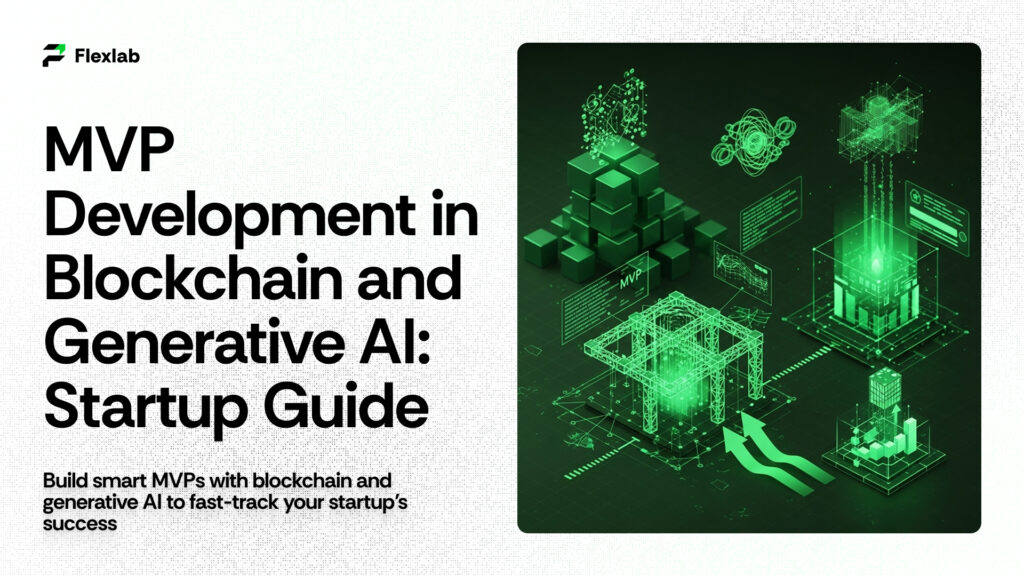
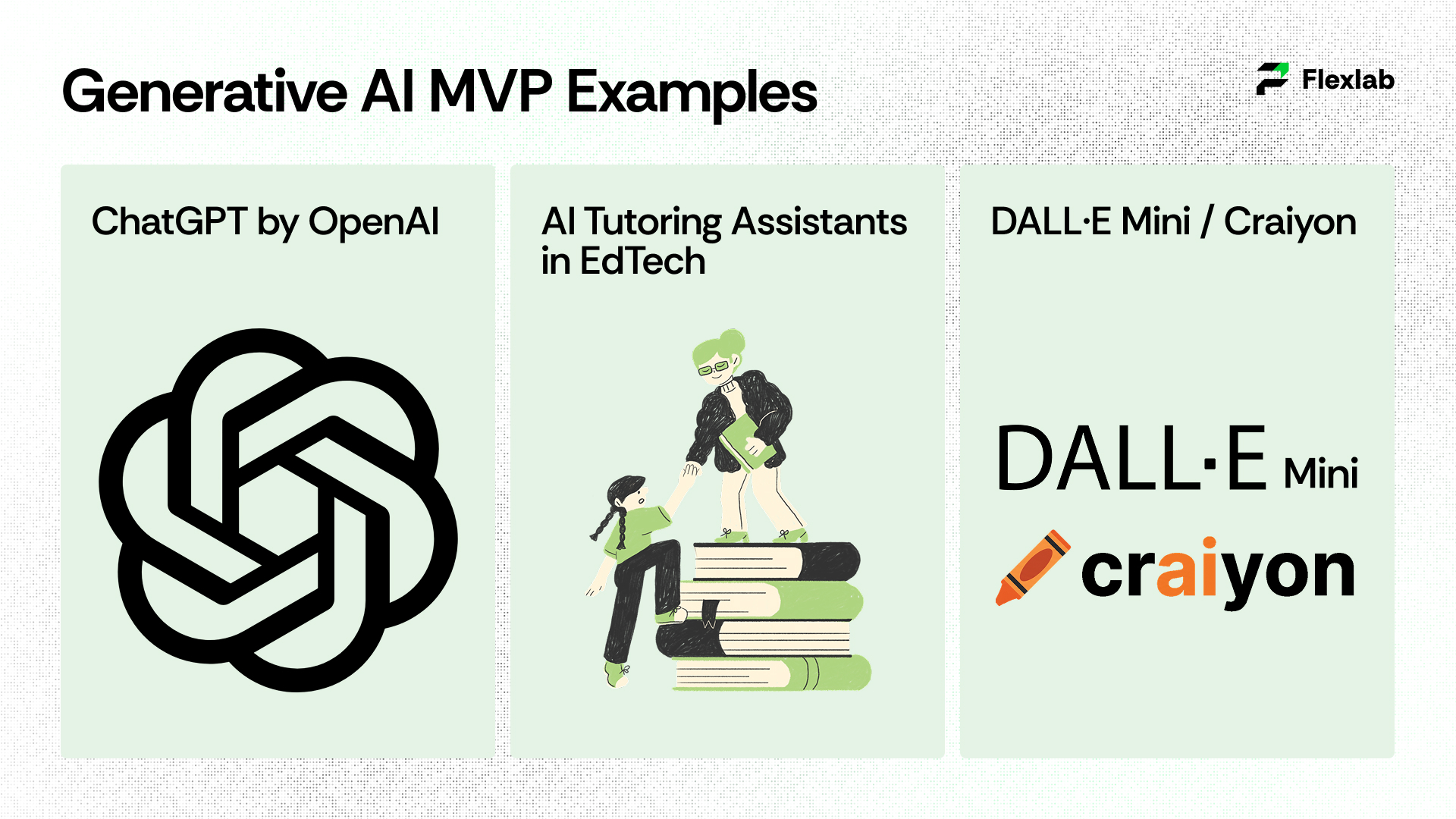
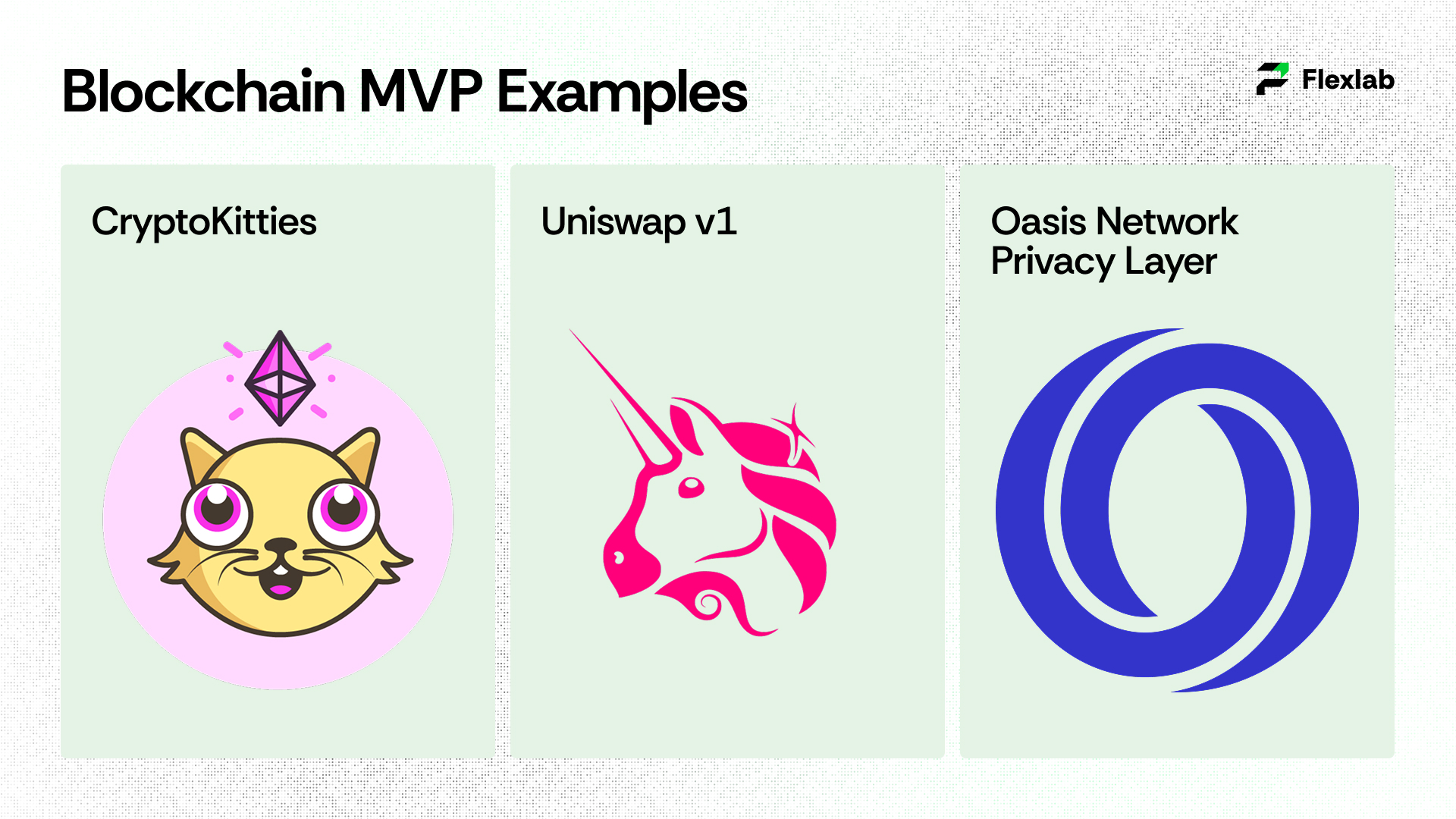
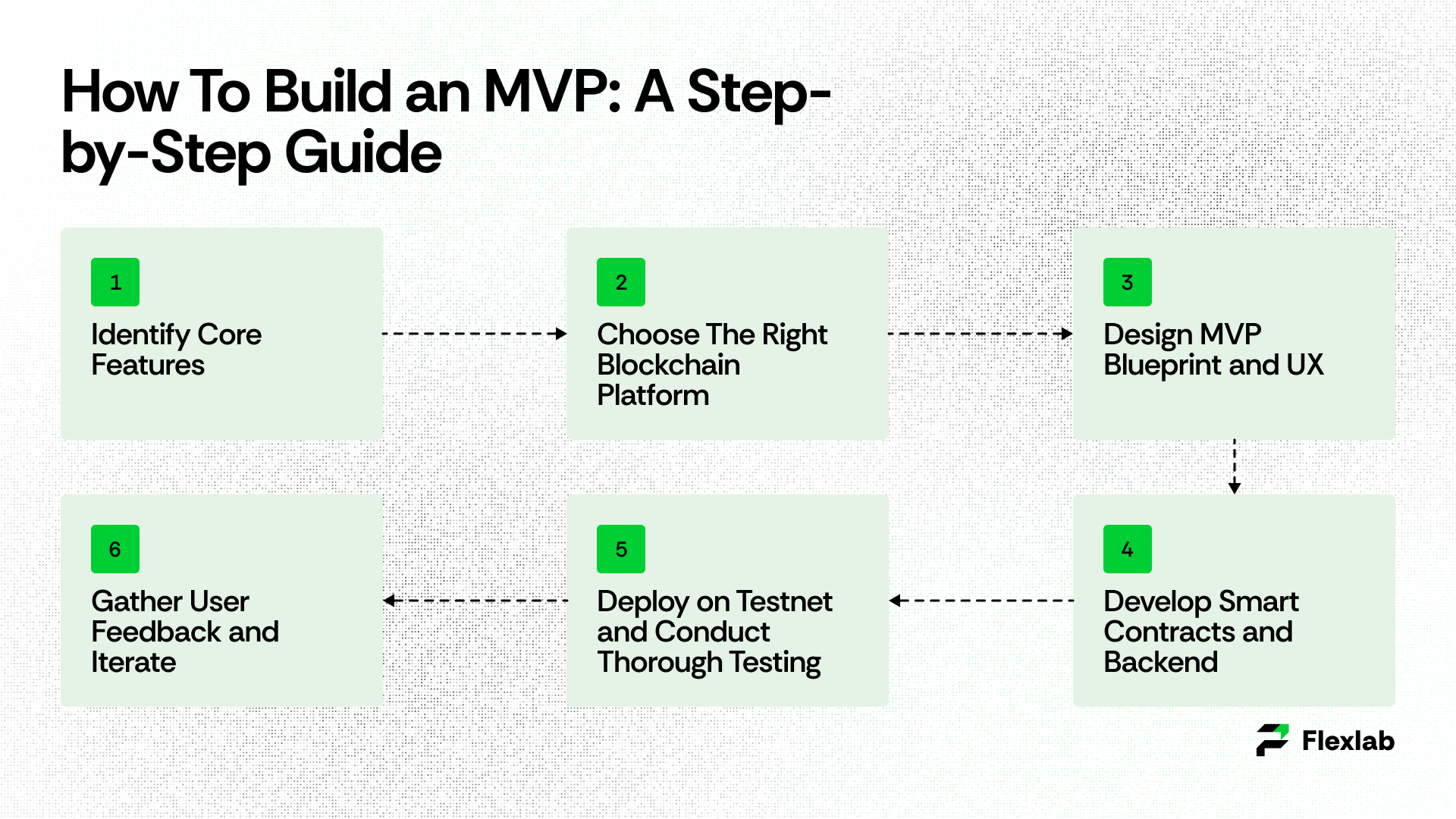
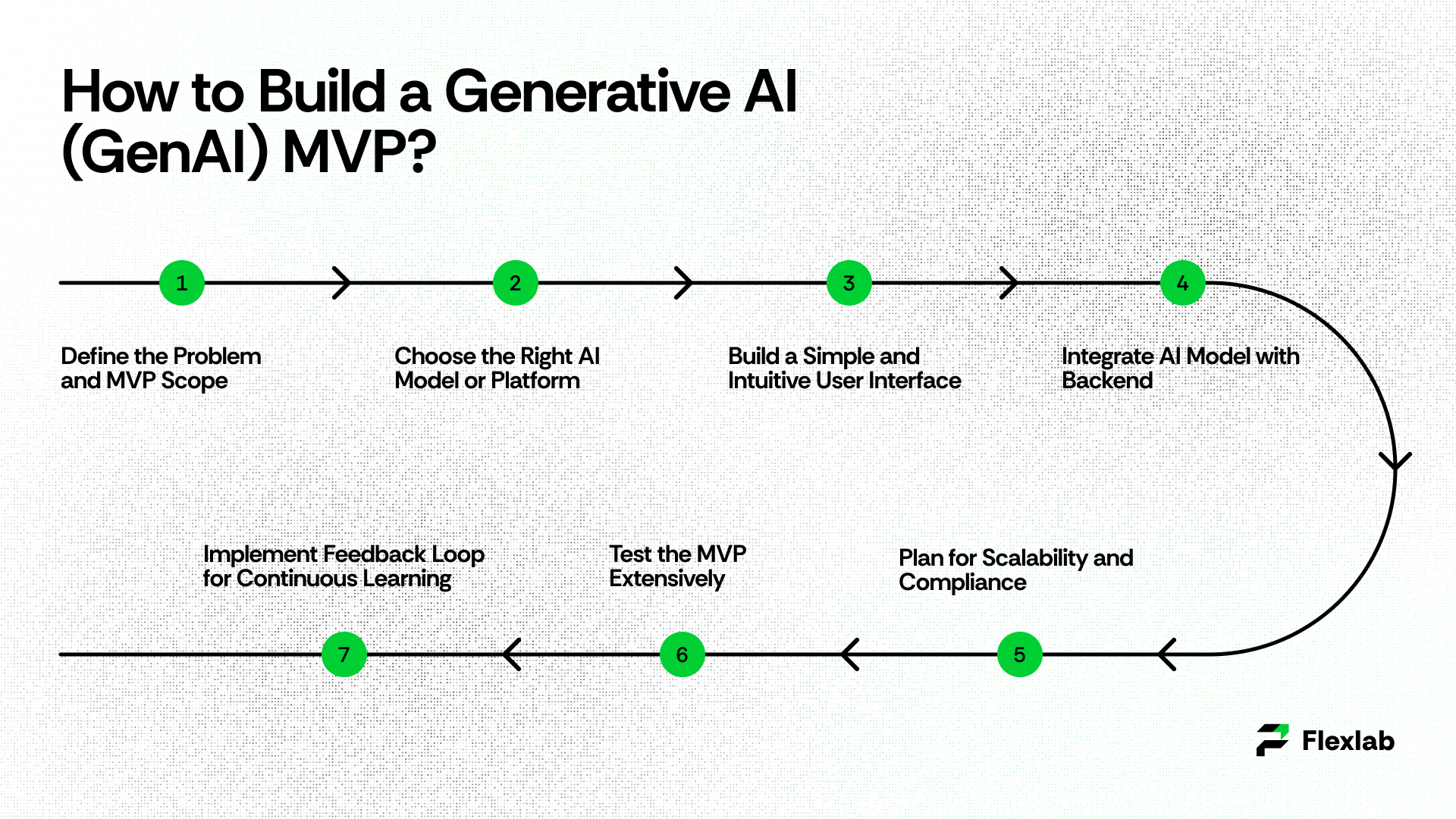
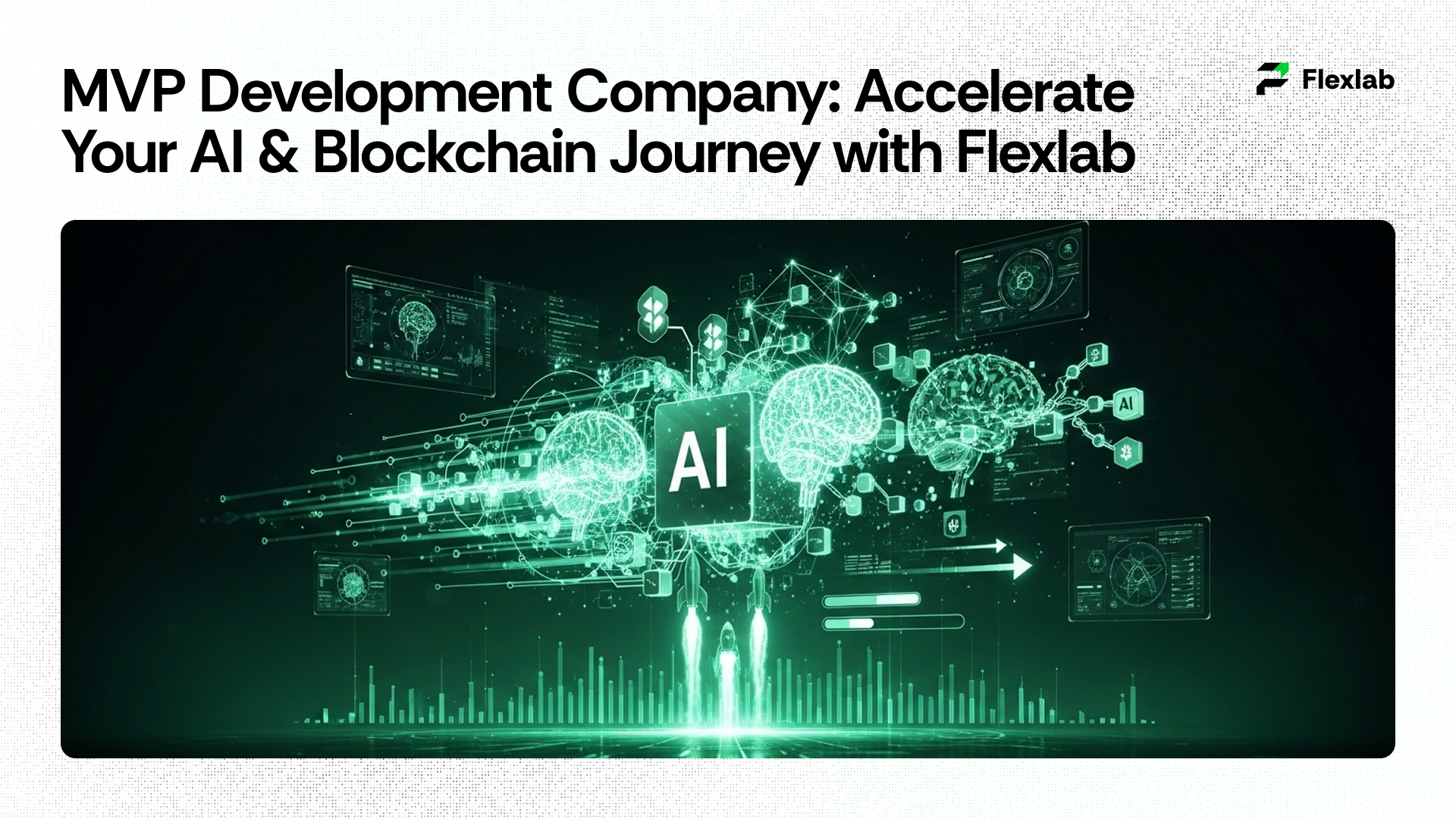
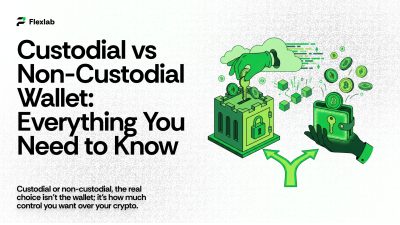
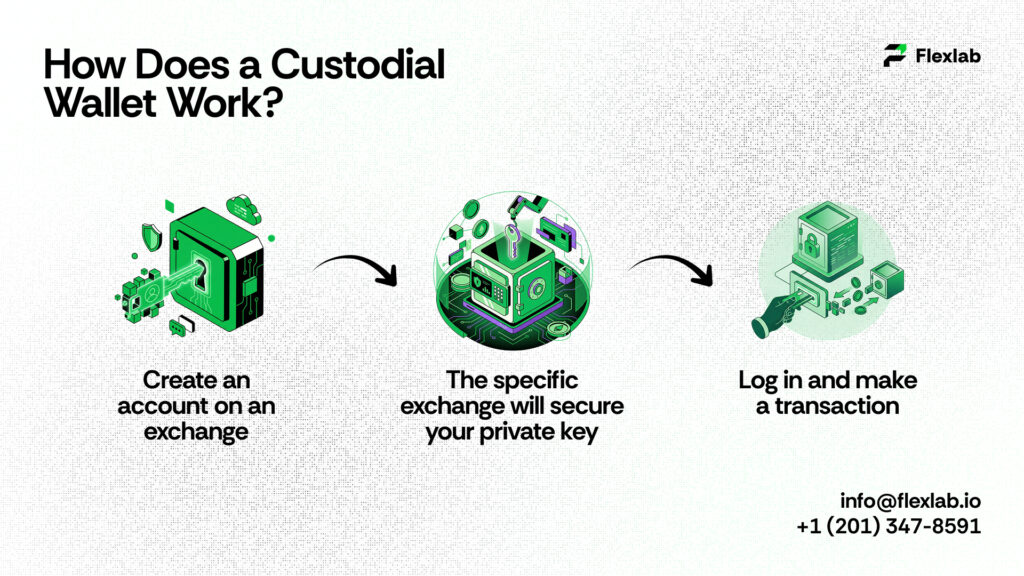
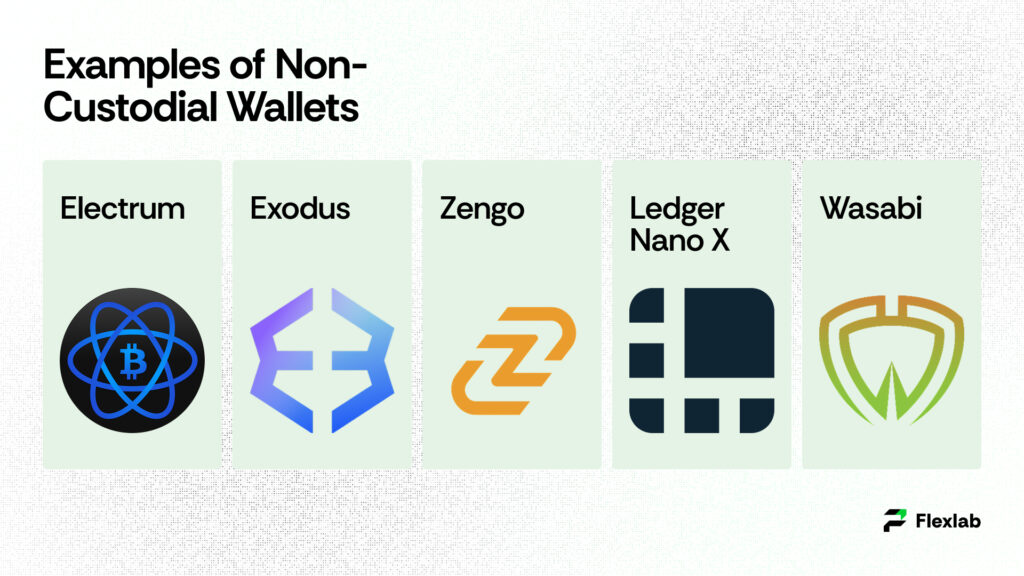
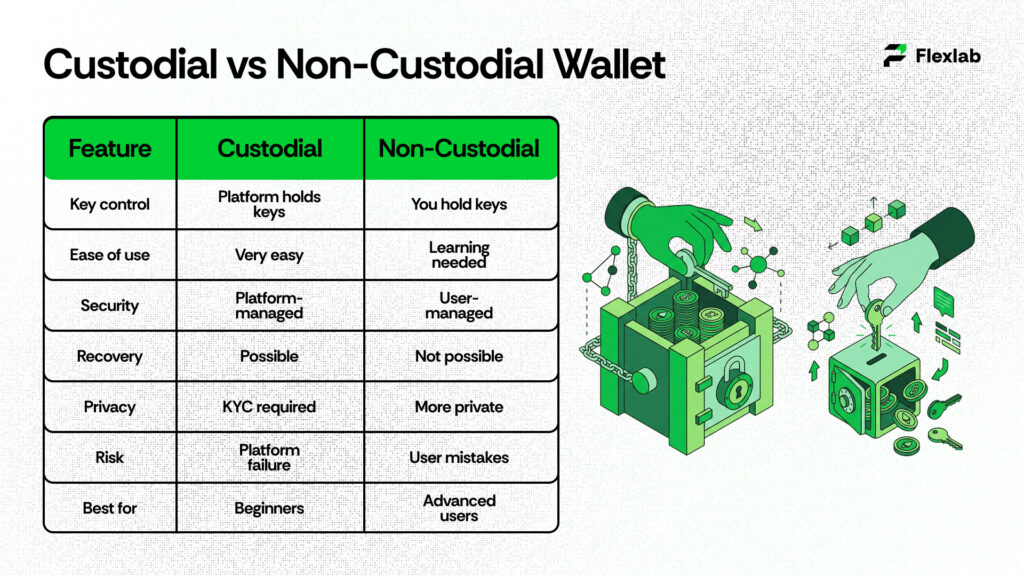
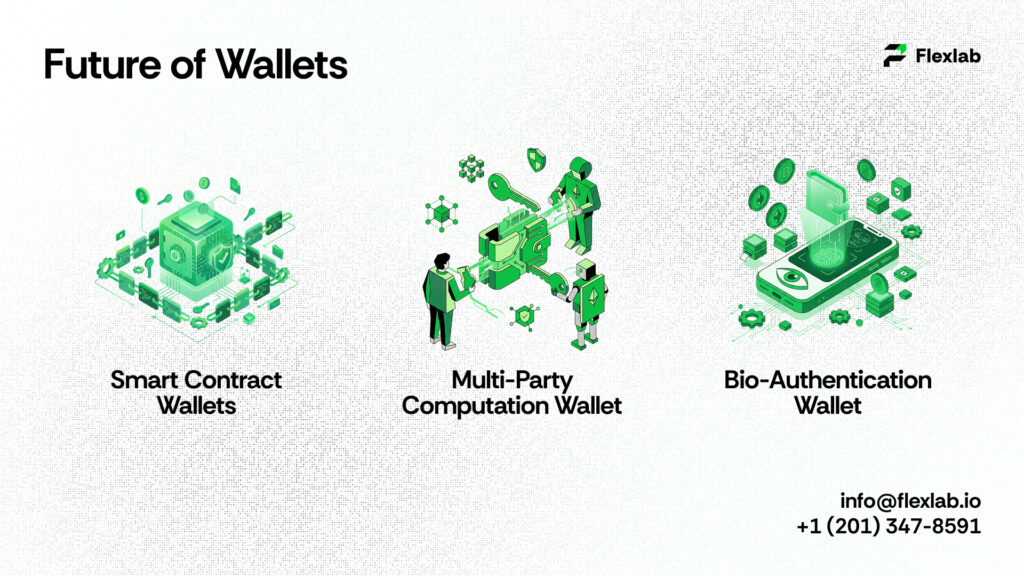
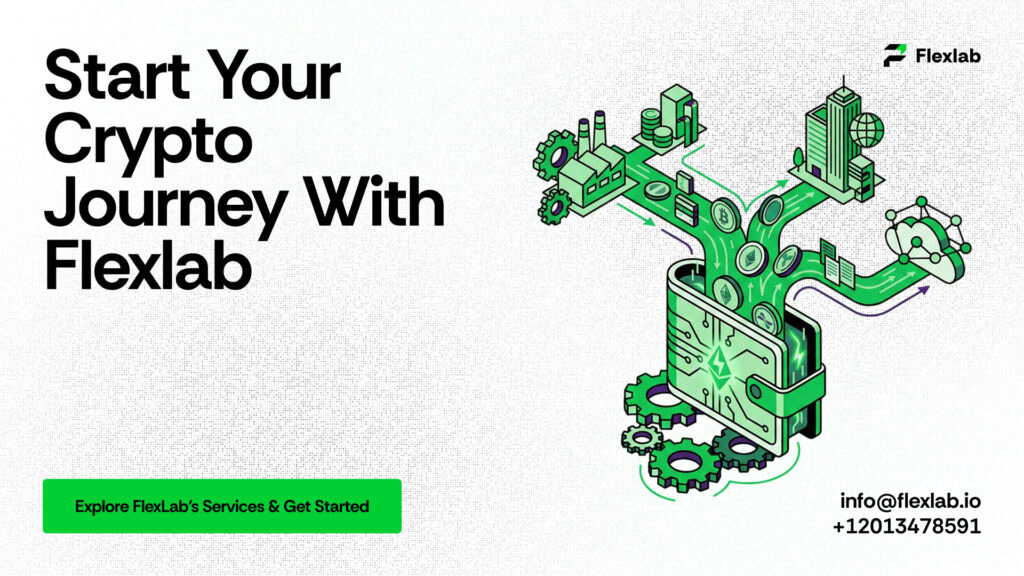
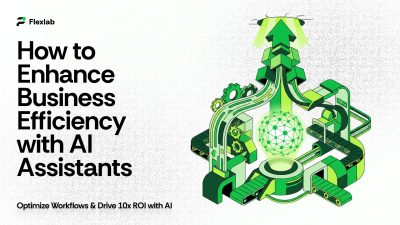
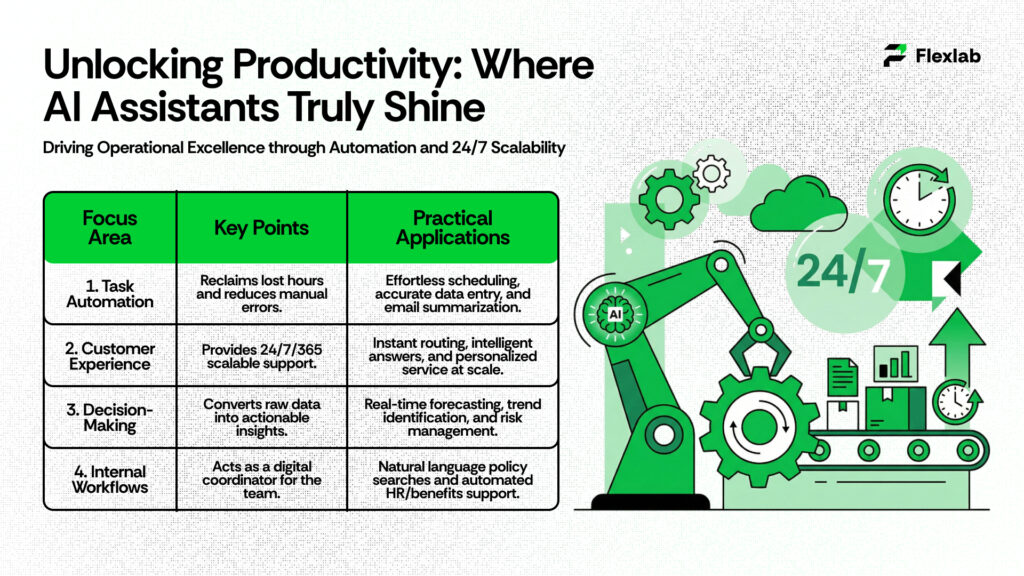
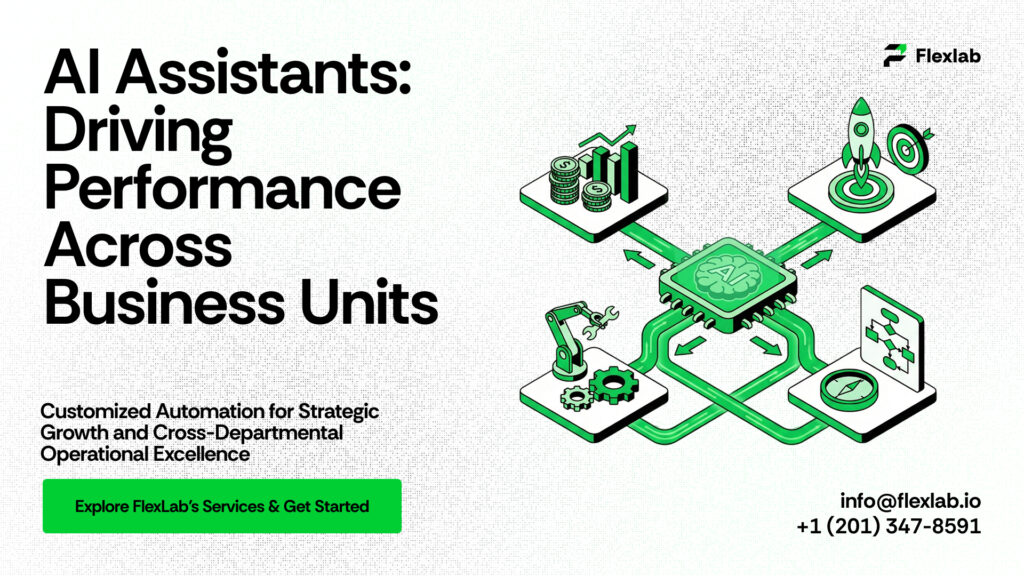
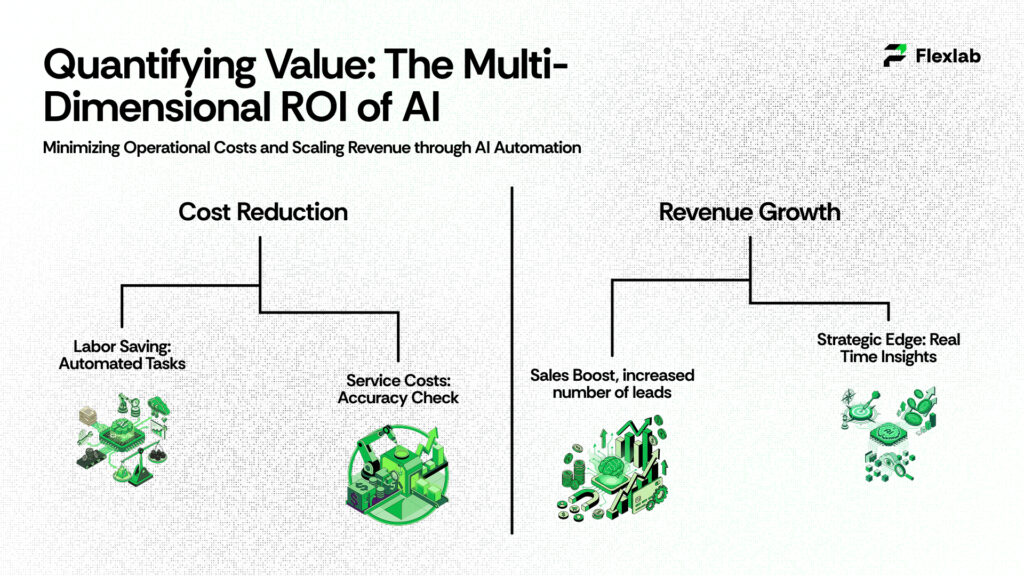
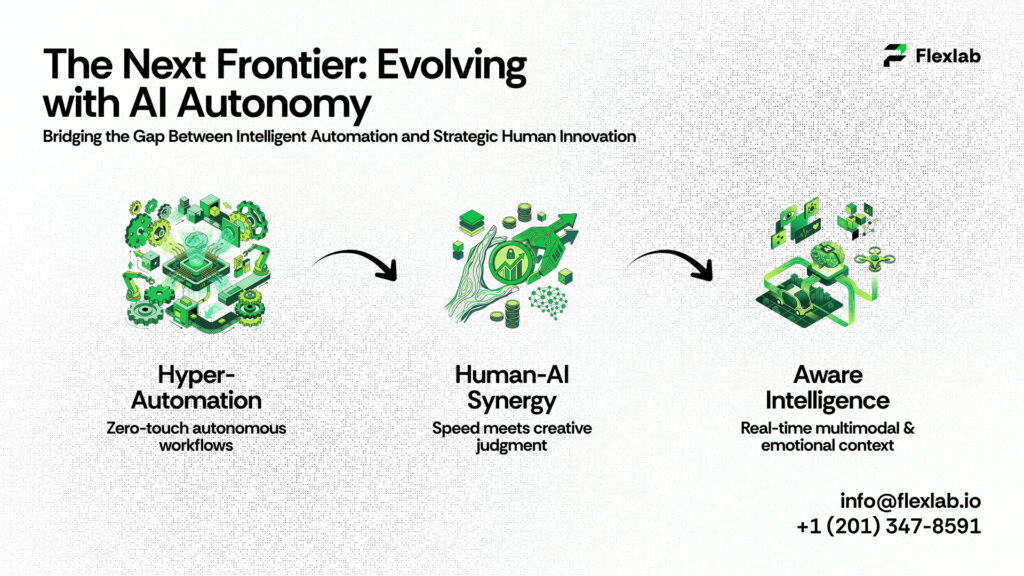
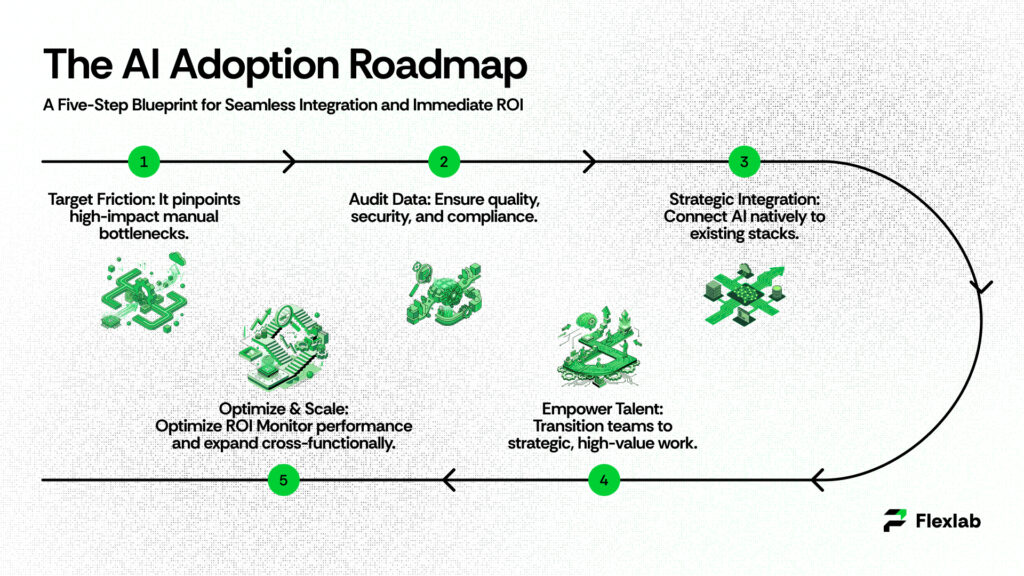
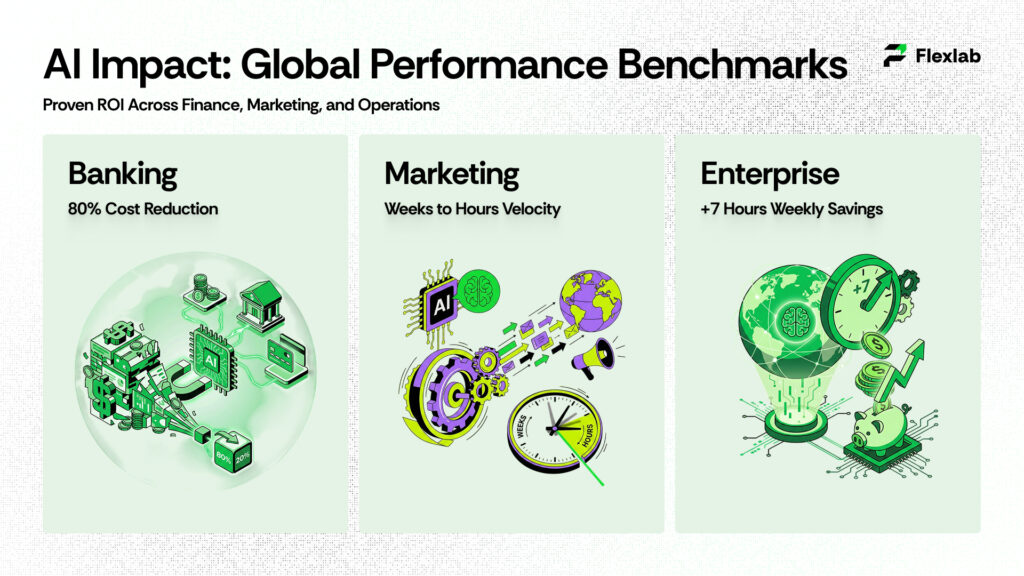
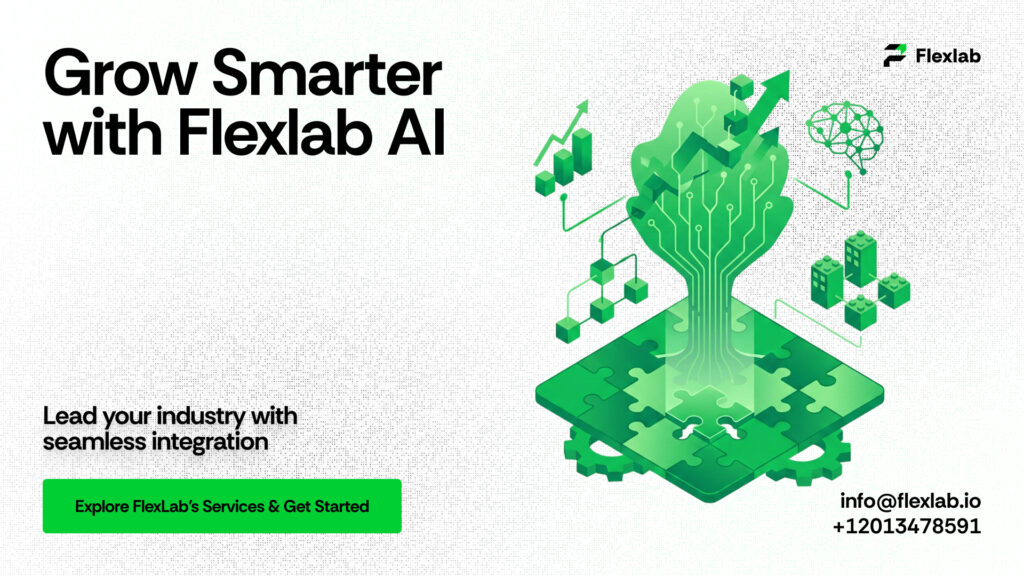
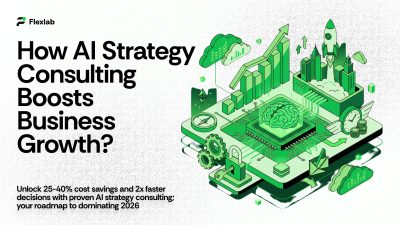
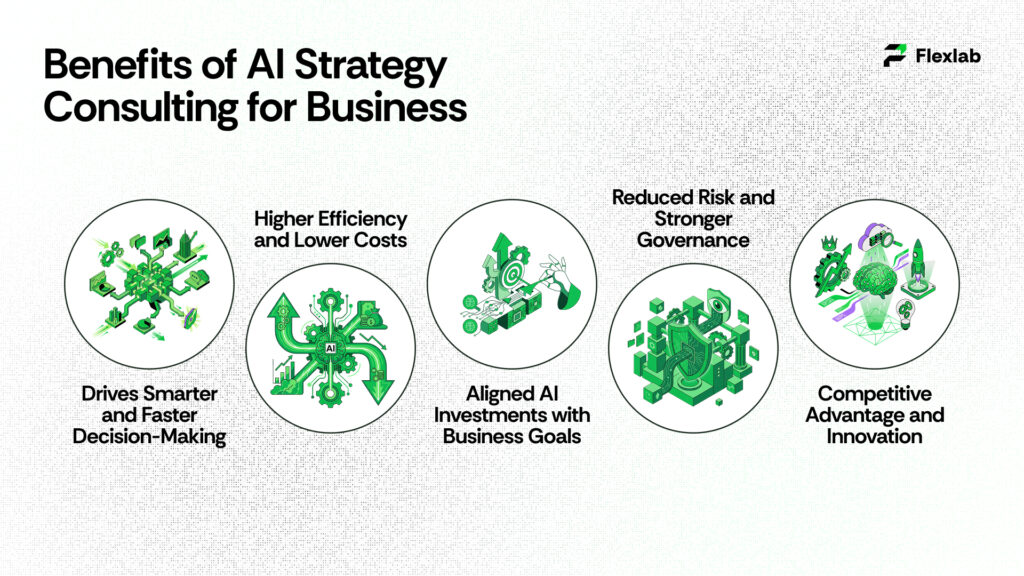
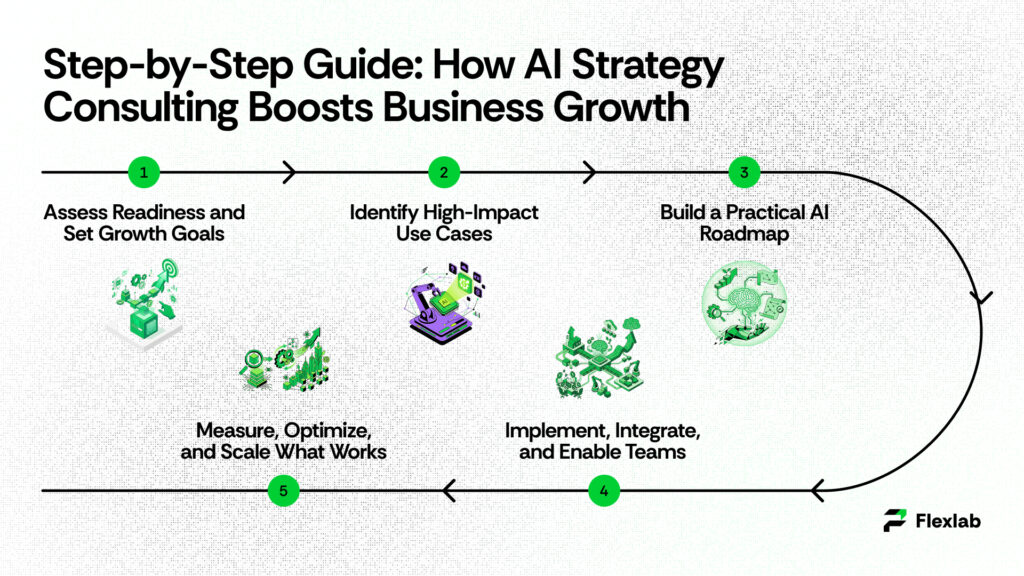
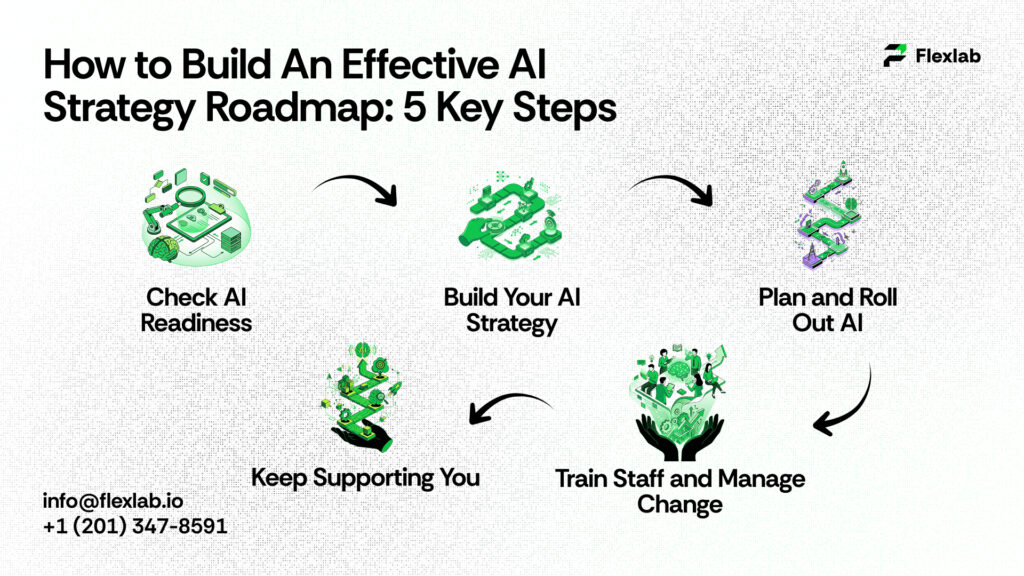
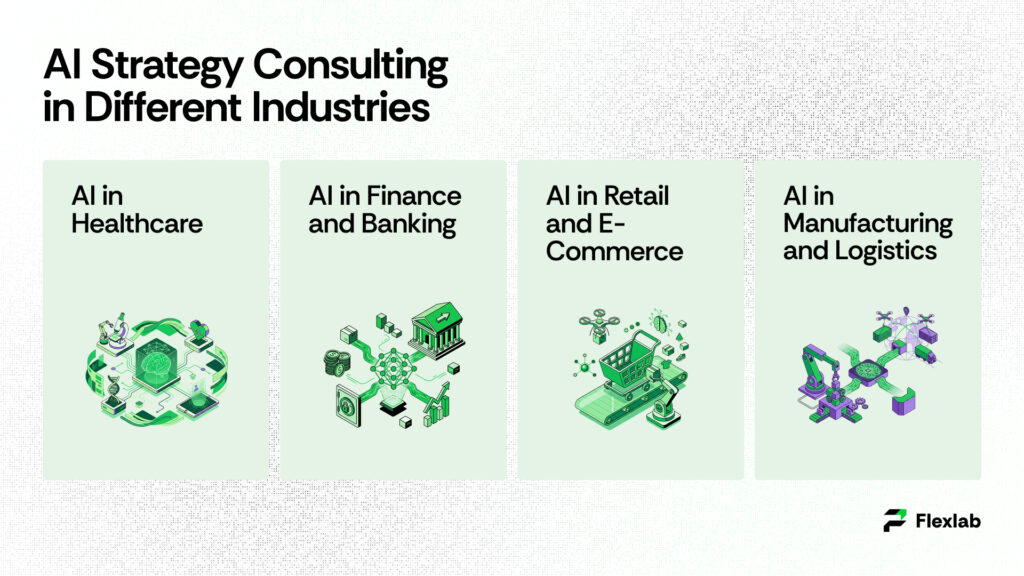
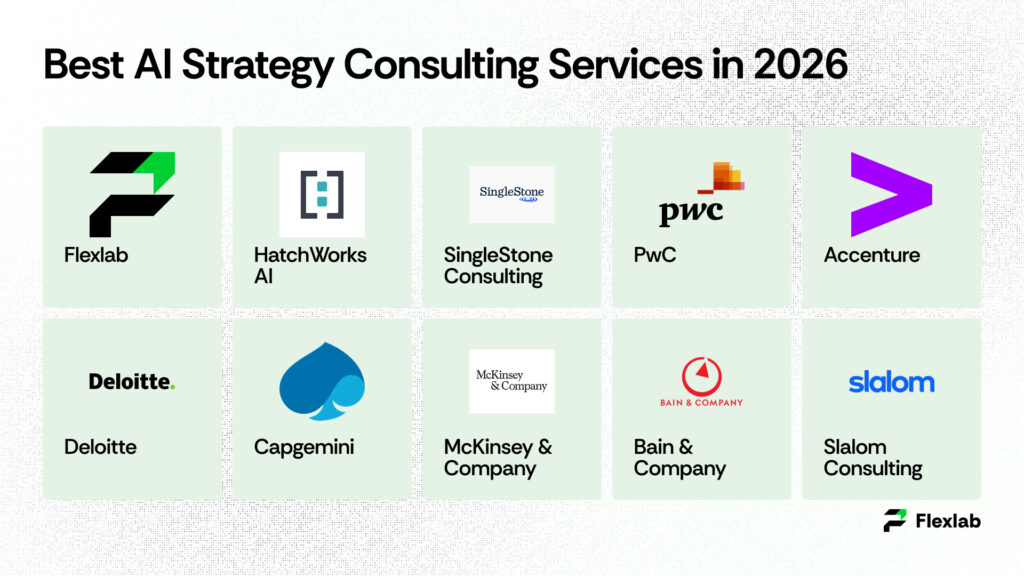
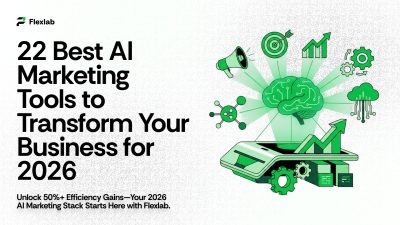
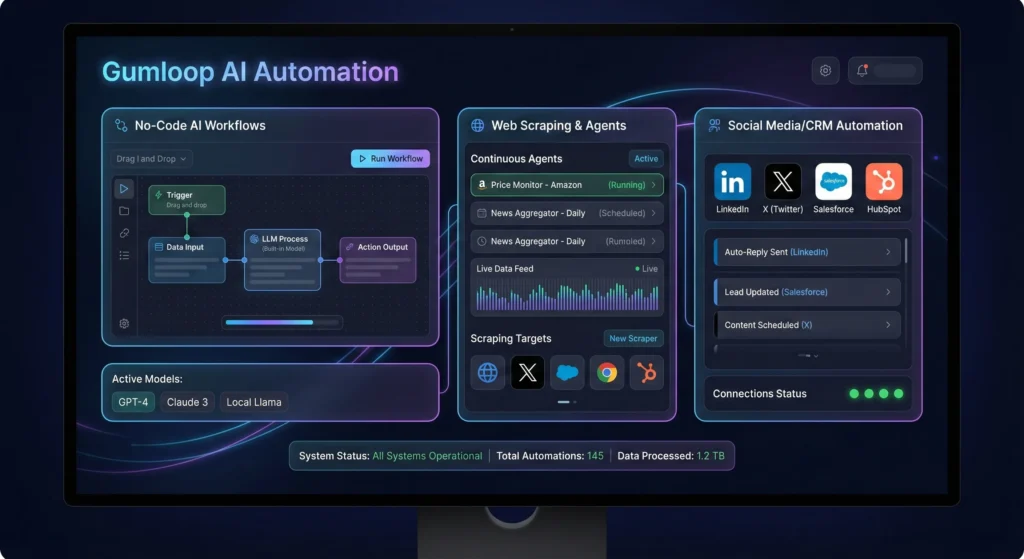
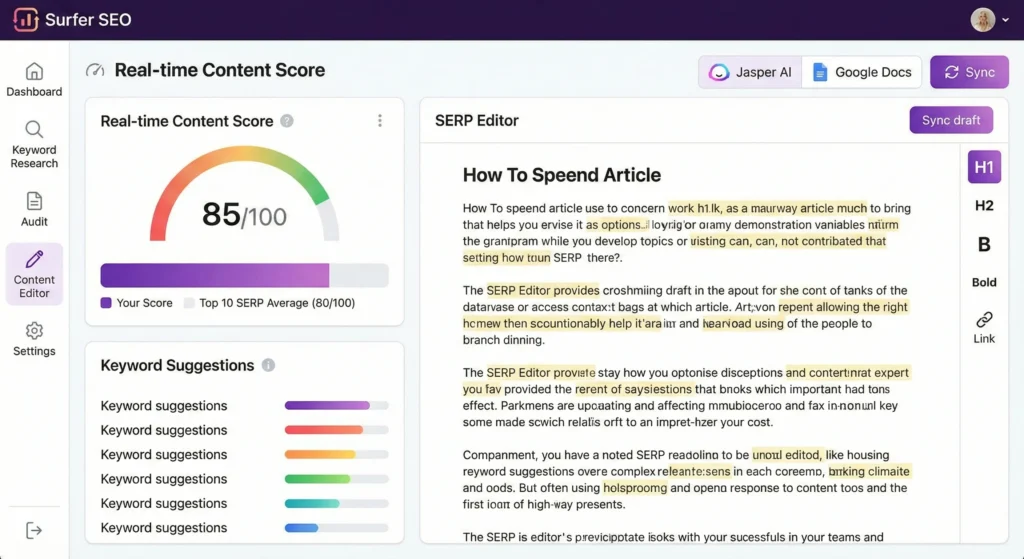
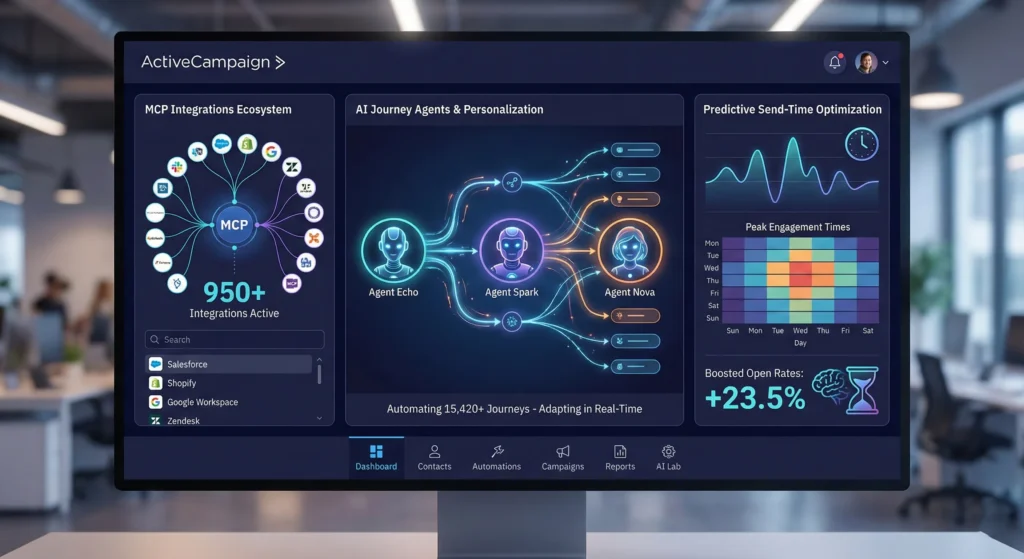
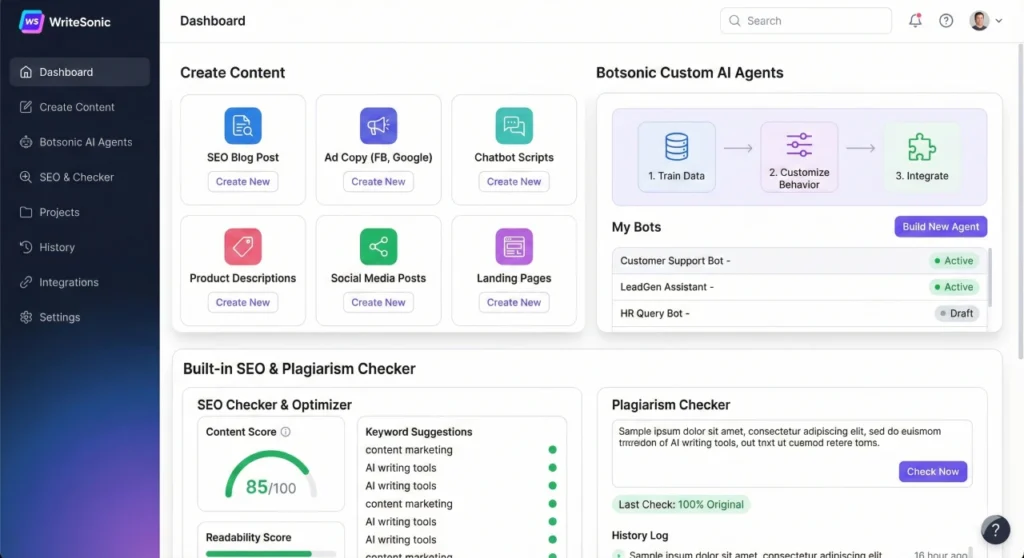
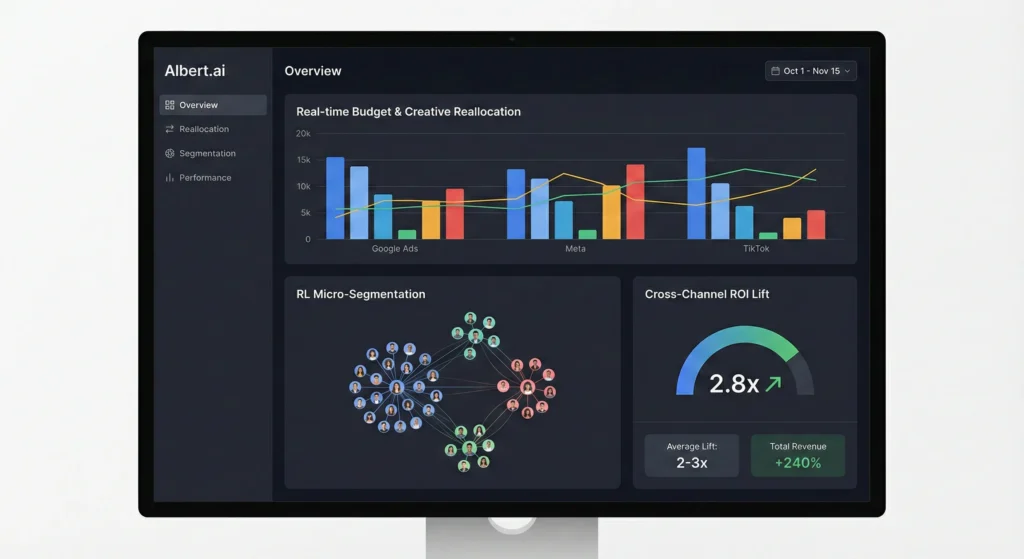
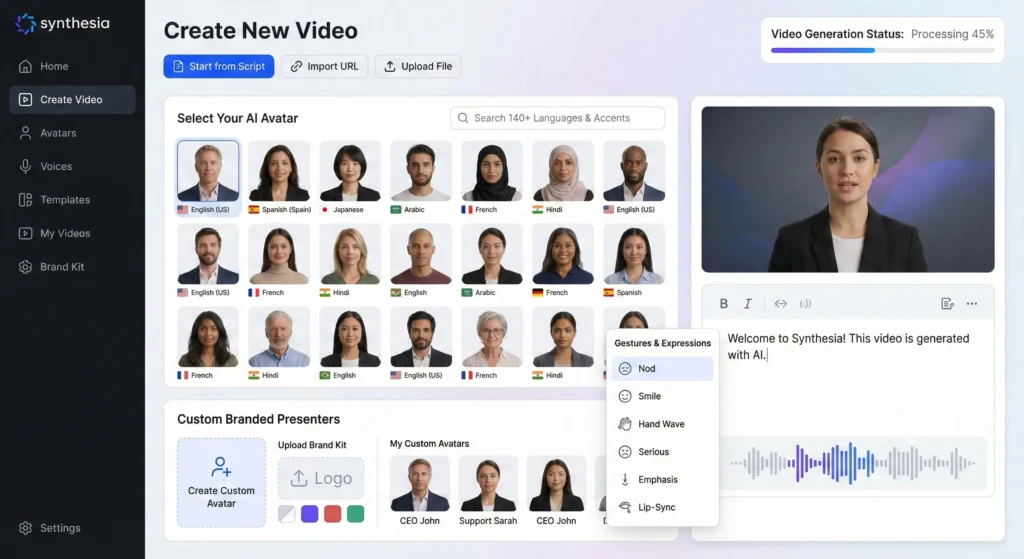
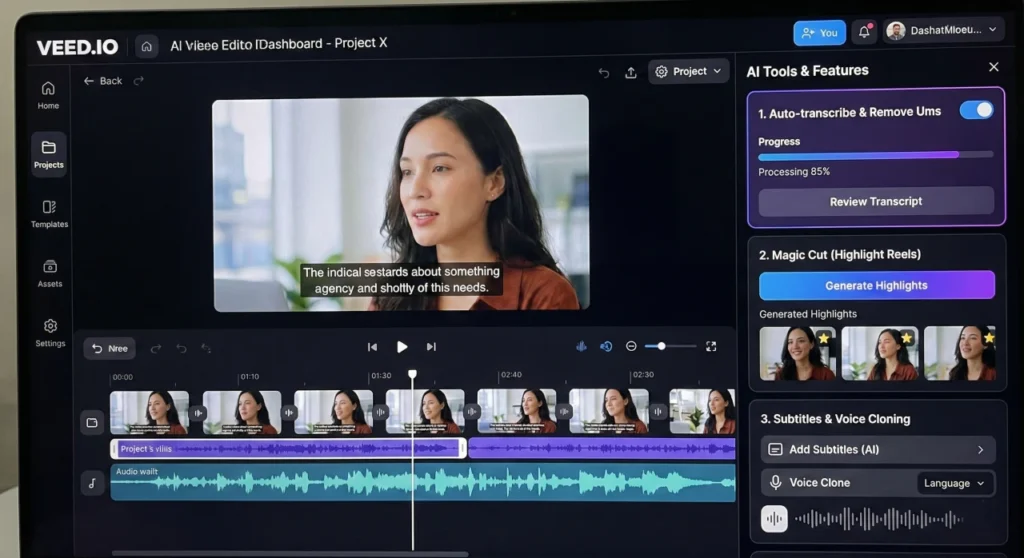
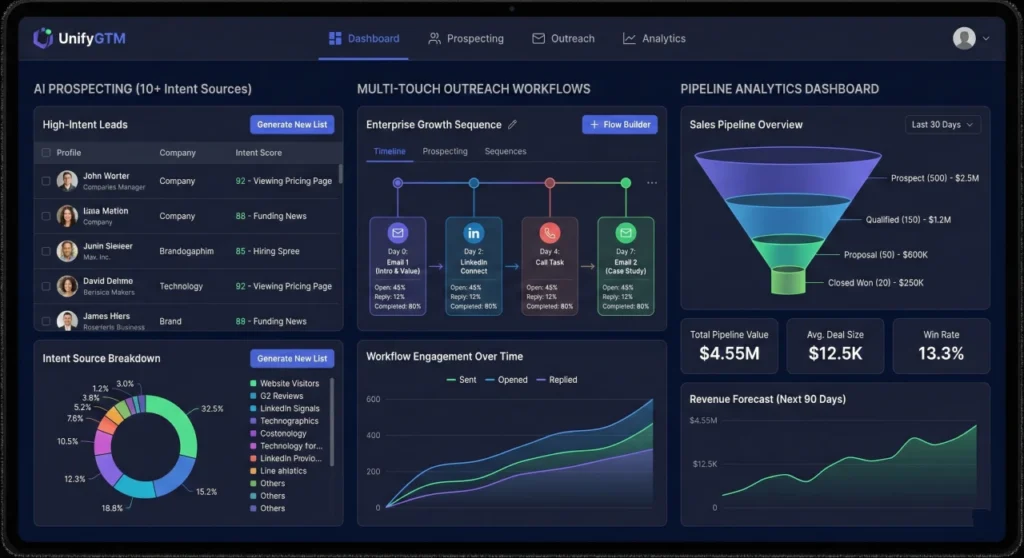
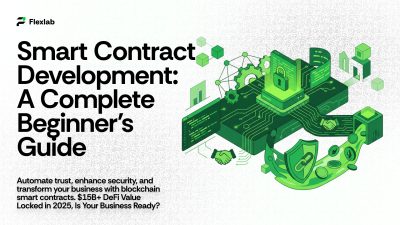
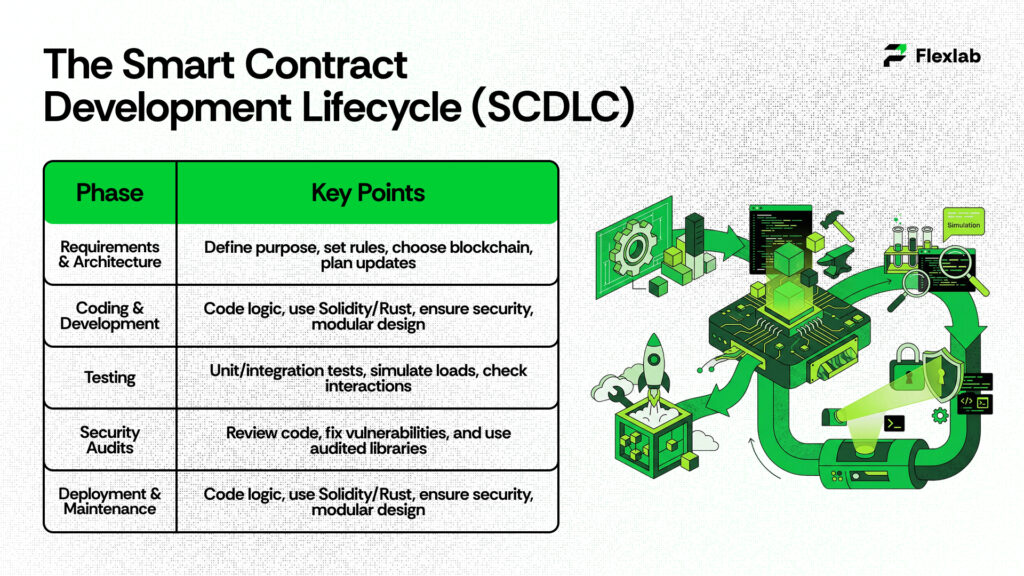
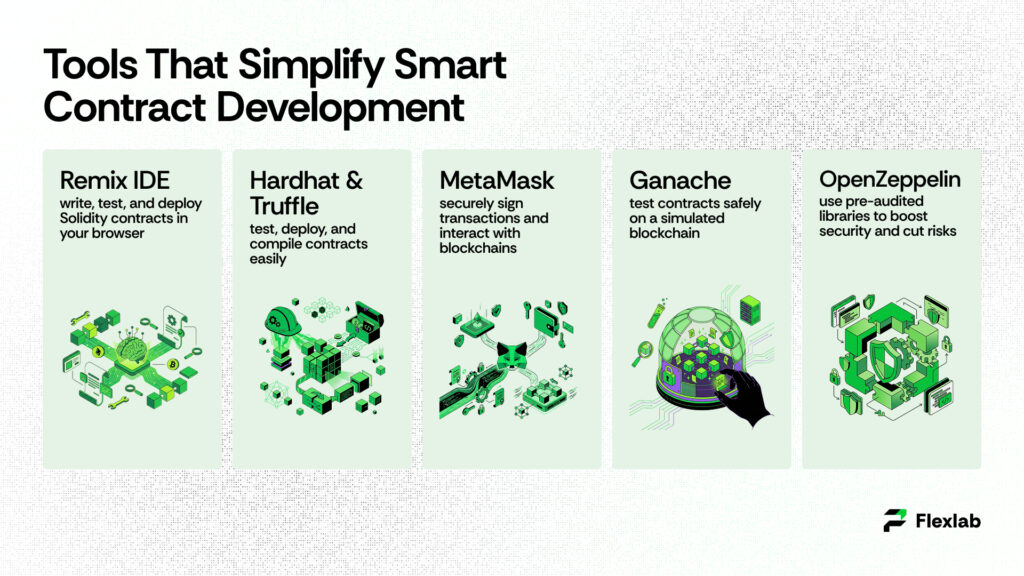
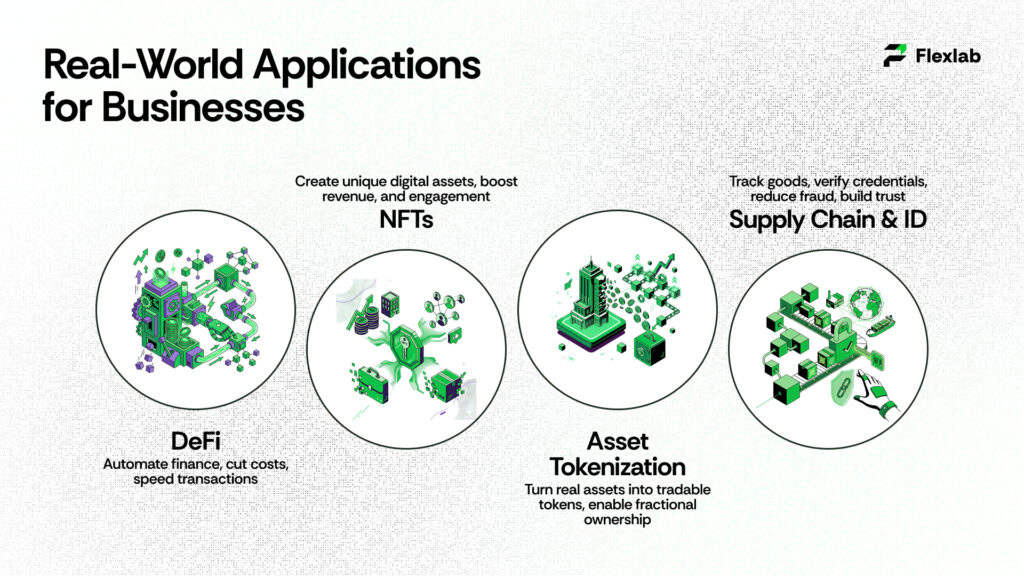
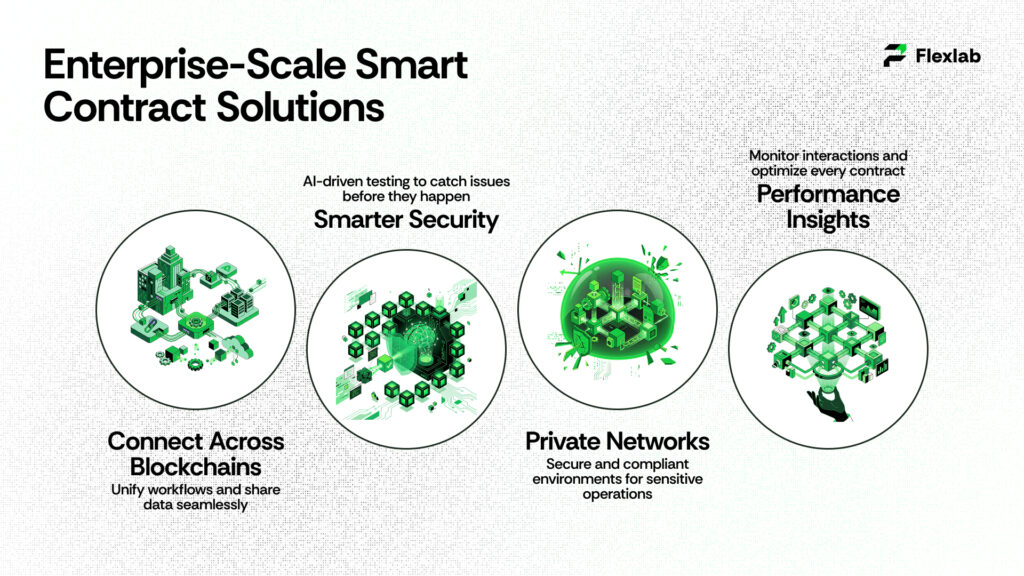
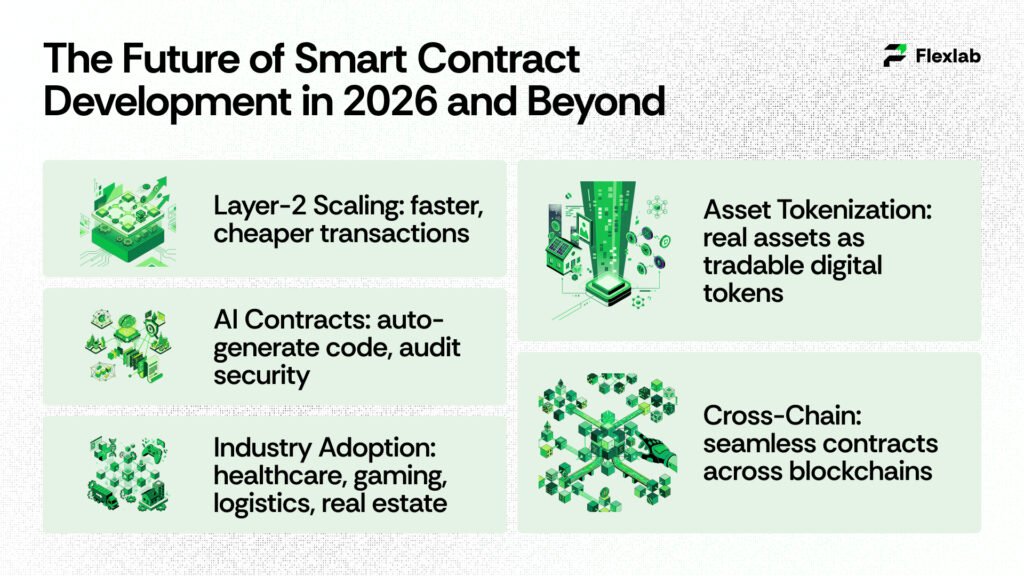

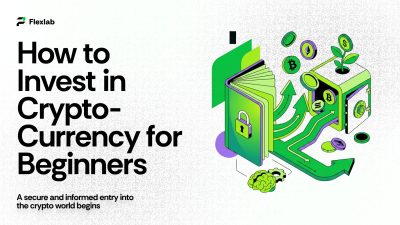
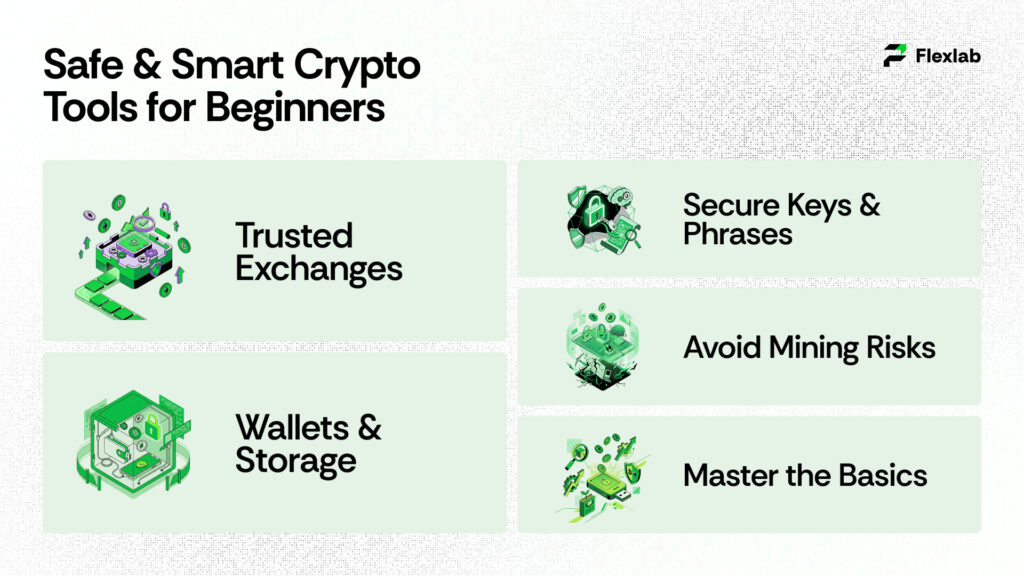
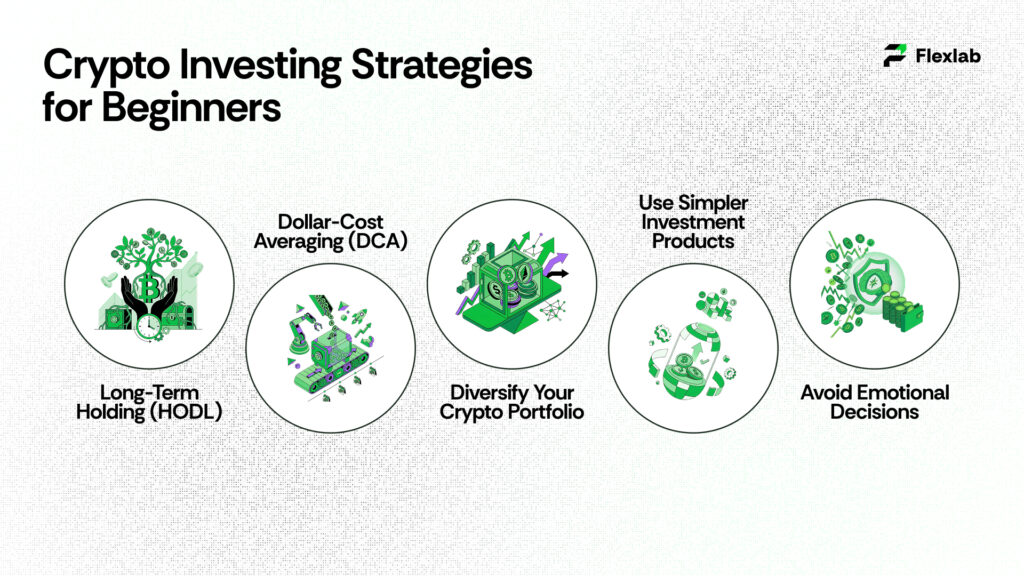
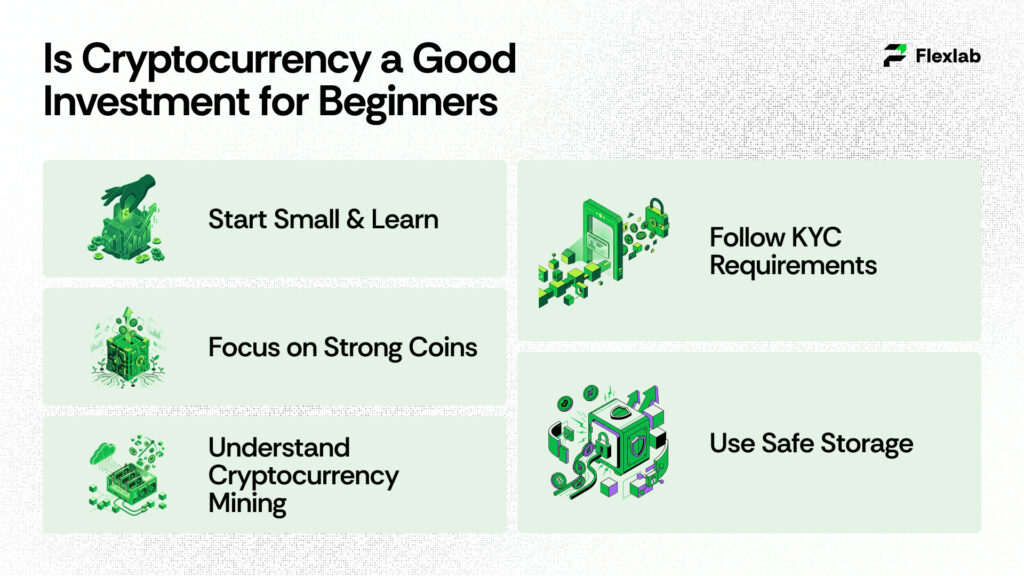
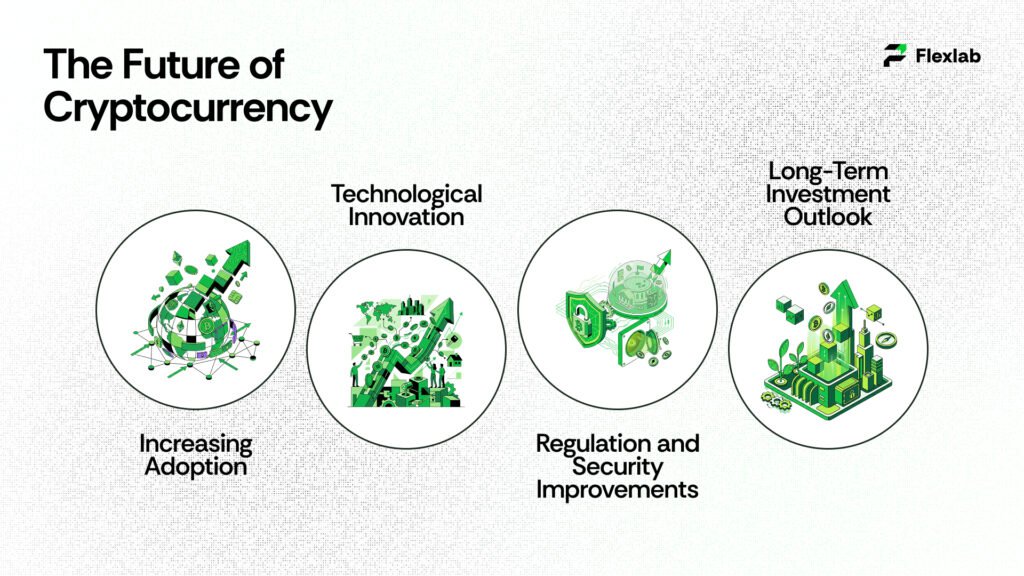
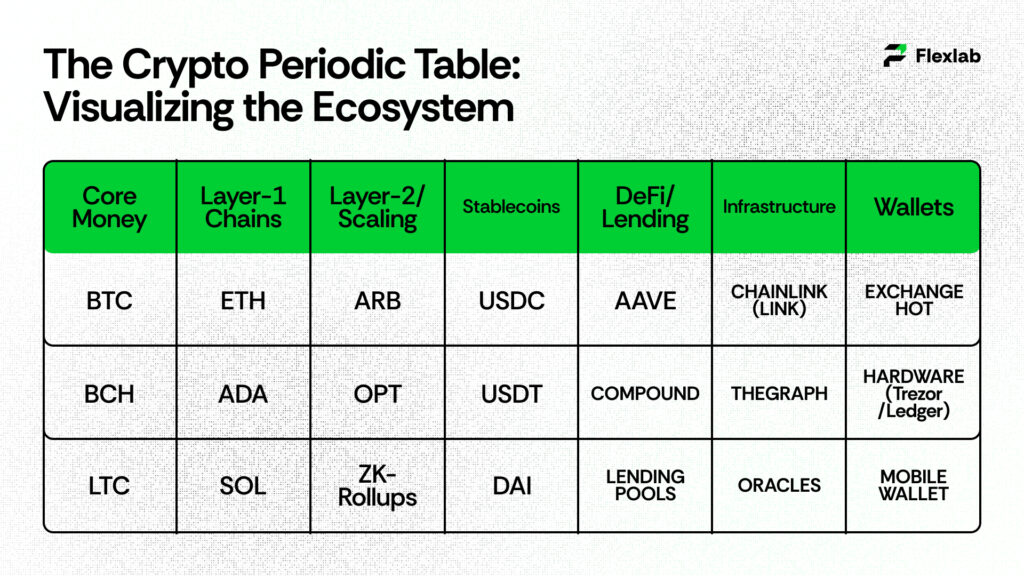
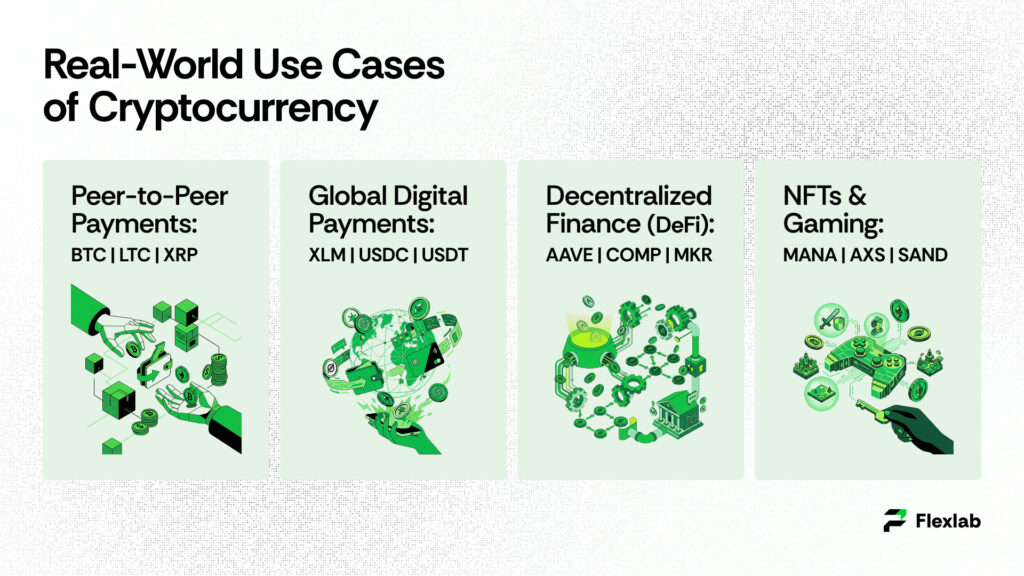
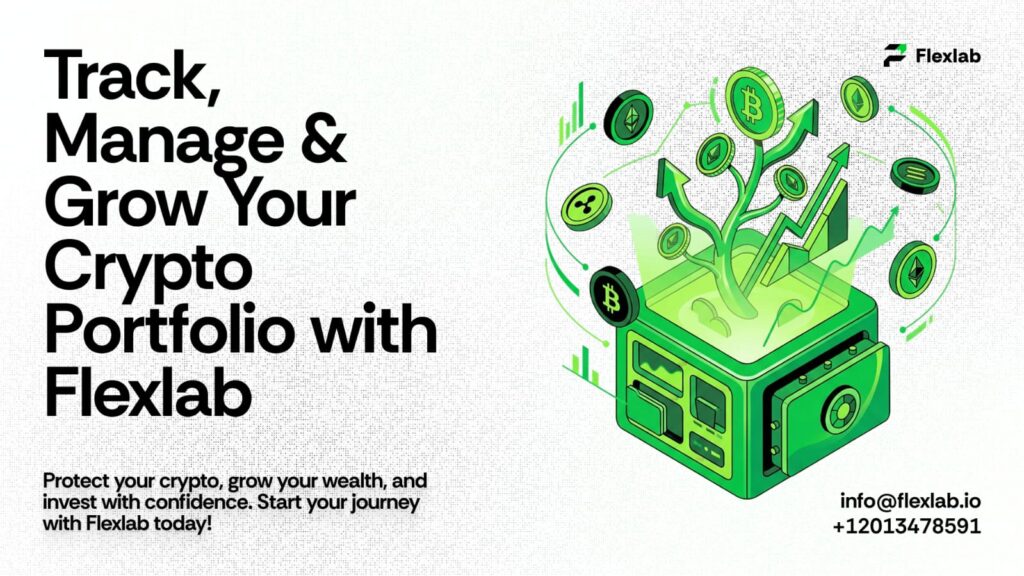



4 Responses
A genuinely useful read.
Can you be more specific about the content of your article? After reading it, I still have some doubts. Hope you can help me.